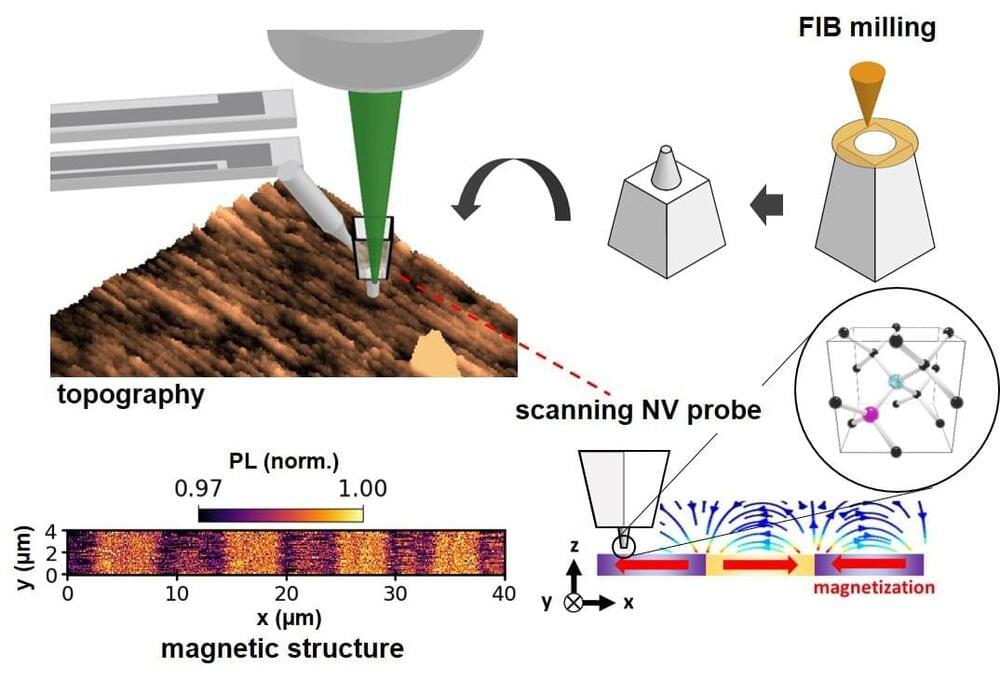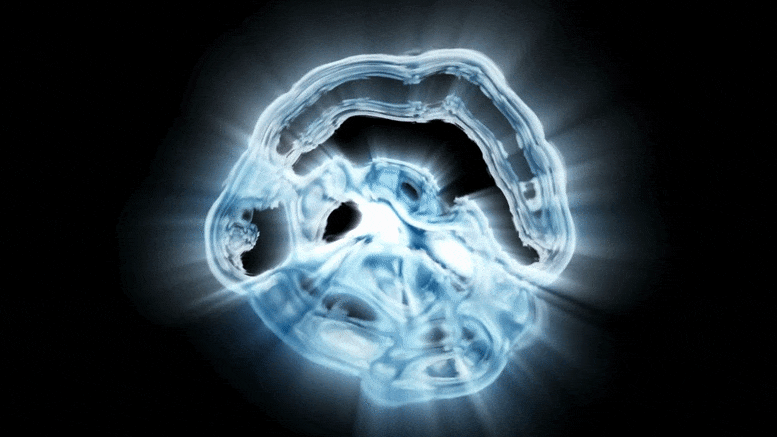This video covers the world in 2080 and its future technologies. Watch this next video about the world in 2070: https://bit.ly/3nYXvjf.
► BlockFi: Get Up To $250 In Bitcoin: https://bit.ly/3rPOf1V
► Jarvis AI: Write 5x Faster With Artificial Intelligence: https://bit.ly/3HbfvhO
► M1 Finance: Open A Roth IRA And Get Up To $500: https://bit.ly/3KHZvq0
► Udacity: 75% Off All Courses (Biggest Discount Ever): https://bit.ly/3j9pIRZ
► Business Ideas Academy: Start A Business You Love: https://bit.ly/3KI7B1S
SOURCES:
• https://www.futuretimeline.net.
• The Future of Humanity (Michio Kaku): https://amzn.to/3Gz8ffA
• The Singularity Is Near: When Humans Transcend Biology (Ray Kurzweil): https://amzn.to/3ftOhXI
• Physics of the Future (Michio Kaku): https://amzn.to/33NP7f7
▶️ RECOMMENDED PLAYLISTS:
Future Technologies: https://youtube.com/playlist?list=PLiUrMrgIdon8afD1EtG3_mabSHLrfdKZJ
Technology Trends: https://youtube.com/playlist?list=PLiUrMrgIdon_H3FbJQFXqnjlyOYdHpY9q.
Business Tech: https://youtube.com/playlist?list=PLiUrMrgIdon-SUSL_8YQpO1Kqgsf5ZzyM
Business Innovation Tutorials: https://youtube.com/playlist?list=PLiUrMrgIdon97qKW3TaPO9TqC6U3zVC3W
Business Strategy Tutorials: https://youtube.com/playlist?list=PLiUrMrgIdon87F3Ads27NkSy47apAcOIH
💡 On this channel, I explain the following concepts:
• Future and emerging technologies.
• Future and emerging trends related to technology.
• The connection between Science Fiction concepts and reality.
SUBSCRIBE: https://bit.ly/3geLDGO
Disclaimer:





